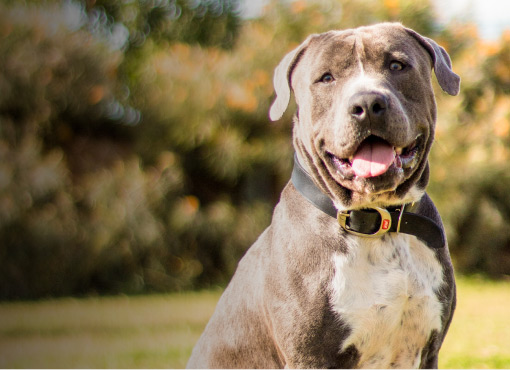The RSPCA believes we can improve the lives of pedigree dogs by reviewing and revising the breed standards so that animal welfare is prioritised over physical appearance. By encouraging the breeding of more normal features with less associated health problems we can also increase genetic diversity within particular breeds. The science shows that genetic diversity improves resistance to infectious and genetic diseases. Breeders have the responsibility to ensure their dogs can have the best quality of life possible. They have a strong voice to call for urgent changes to the breed standards so that exaggerated features are no longer required or valued. We should also call for changes to litter registrations so that it is mandatory for both parent dogs to have veterinary assessments and certificates before breeding. This would ensure dogs for breeding are chosen based on having the best health, functionality and wellbeing rather than just having the best physical features. After all, healthy and happy dogs are the best looking! The judging criteria for show dogs also needs to be changed immediately so that rewards are given for good health instead of conformity to the breed standards for physical appearance.
Our dogs deserve better than lives of blindness, pain, discomfort and suffering. Big changes are required but we can work together to ensure better lives for our pets.
RSPCA’s recently launched magazine The Biscuit provides insightful bite-sized stories for animal lovers, with all proceeds going towards helping animals in need. You can read more about the problems with pedigree breeding in Issue 1, available now.
Express your support for the Love is Blind campaign and get involved by visiting http://www.loveisblind.org.au/



